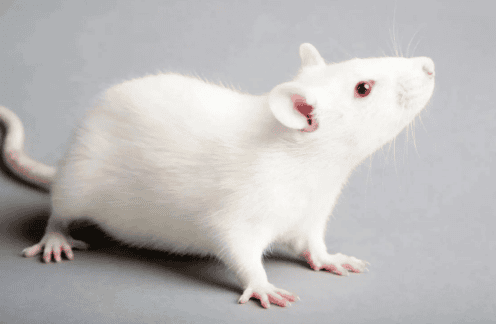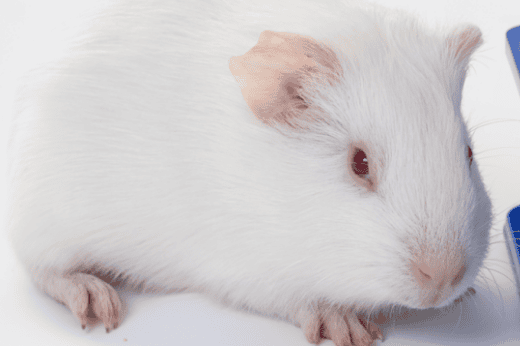Rat mice and guinea pigs are the most commonly used animal models in biomedical research. Today I will introduce you to rats and guinea pigs.

Get to know rats
Wistar rats were bred by the Wistar Research Institute in the United States in 1907 and are now used in laboratories around the world. Introduced from Japan and the former Soviet Union, it is one of the earliest, most widely used, and largest rat strains introduced in my country.
Main characteristics
①The head is wider, the ears are longer, and the length of the tail is smaller than the body length;
②The sexual orientation is stable, the fecundity is strong, and the production is They have many litters, with an average of about 10 litters per litter, and they grow and develop quickly. At the age of 10 weeks, the weight of male mice can reach 280-300g, and the weight of female mice can reach 170-260g;
③Mild temperament;
④Strong resistance to infectious diseases;
p>
⑤The incidence of spontaneous tumors is low;
⑥The genetic status of Wisstar rats currently raised in various places varies greatly.
Main uses
General multi-purpose models, infectious disease research, safety and effectiveness evaluation, aging, and surgical models.
02SD (SpragueDawley, SD) rat
SD (SpragueDawley, SD) rat is a Wistar rat used by SpragueDawley (SpragueDawley) Farm in the United States in 1925. Cultivated. It grows quickly and has good breeding performance. It is mostly used in safety tests and research related to nutrition and growth and development.
Main Characteristics
①The head is narrow and long, the tail length is close to the body length, the litter is large, and the growth and development is faster than that of Wistar. At 10 weeks of age, the weight of male rats can reach 300-400g, and that of female rats can reach 180-270g;
②The temperament is slightly more ferocious than Wisar rats;
③The resistance to diseases is relatively low Strong, especially resistant to respiratory diseases;
④The incidence of spontaneous tumors is low;
⑤Highly sensitive to sex hormones.
Main uses
This strain is sensitive to sex hormones and has strong resistance to respiratory diseases. It is widely used in pharmacology, toxicology, efficacy and GLP experiments, nutrition and endocrine system research.
Get to know guinea pigs

Experiment Animal guinea pigs are domesticated from wild guinea pigs in Peru.
Main Characteristics
① Late-maturing animals;
② Precocious puberty;
③ Multiple estruses throughout the year, with postpartum estrus, Postpartum pregnancy;
④ Cannot synthesize vitamin C by itself;
⑤ Strong resistance to hypoxia;
⑥ Sensitive to antibiotics, especially penicillin and erythromycin chlorine, chlortetracycline, etc.;
⑦ Sensitive allergic reaction. An animal model of anaphylactic shock can be easily replicated by injecting horse serum into guinea pigs. The degree of reaction of commonly used experimental animals to allergens: guinea pigs > rabbits > dogs > mice > cats > frogs;
⑧ Acute hearing with Pryor reflex (also known as auditory ear movement) Reflection);
⑨The body temperature regulation ability is poor and it is more sensitive to changes in ambient temperature.
Main purposes
①Pharmaceutical and pharmacological research;
②Infectious disease research;
③Immunology research;
p>
④Nutritional research;
⑤Otozoological research;
⑥Experimental research on bleeding and vascular permeability changes;
⑦Guinea pigs Strong tolerance to hypoxia. Suitable for hypoxia tolerance and oxygen consumption measurement experiments;
⑧Experimental pulmonary edema experiments.

 扫一扫微信交流
扫一扫微信交流
发布评论